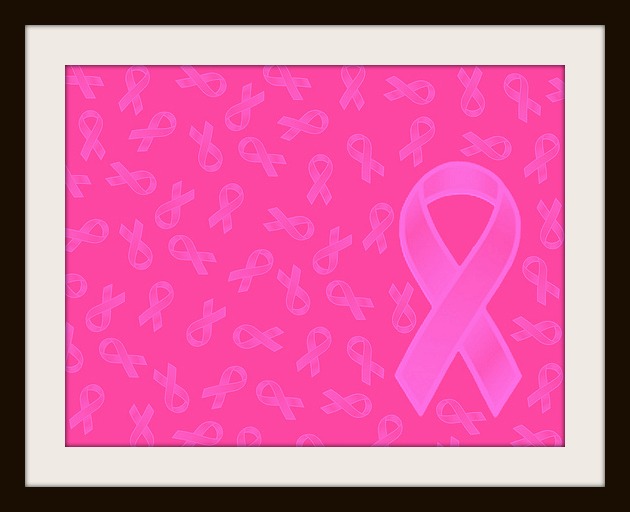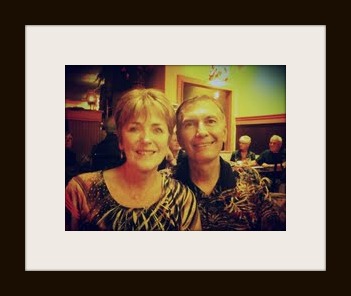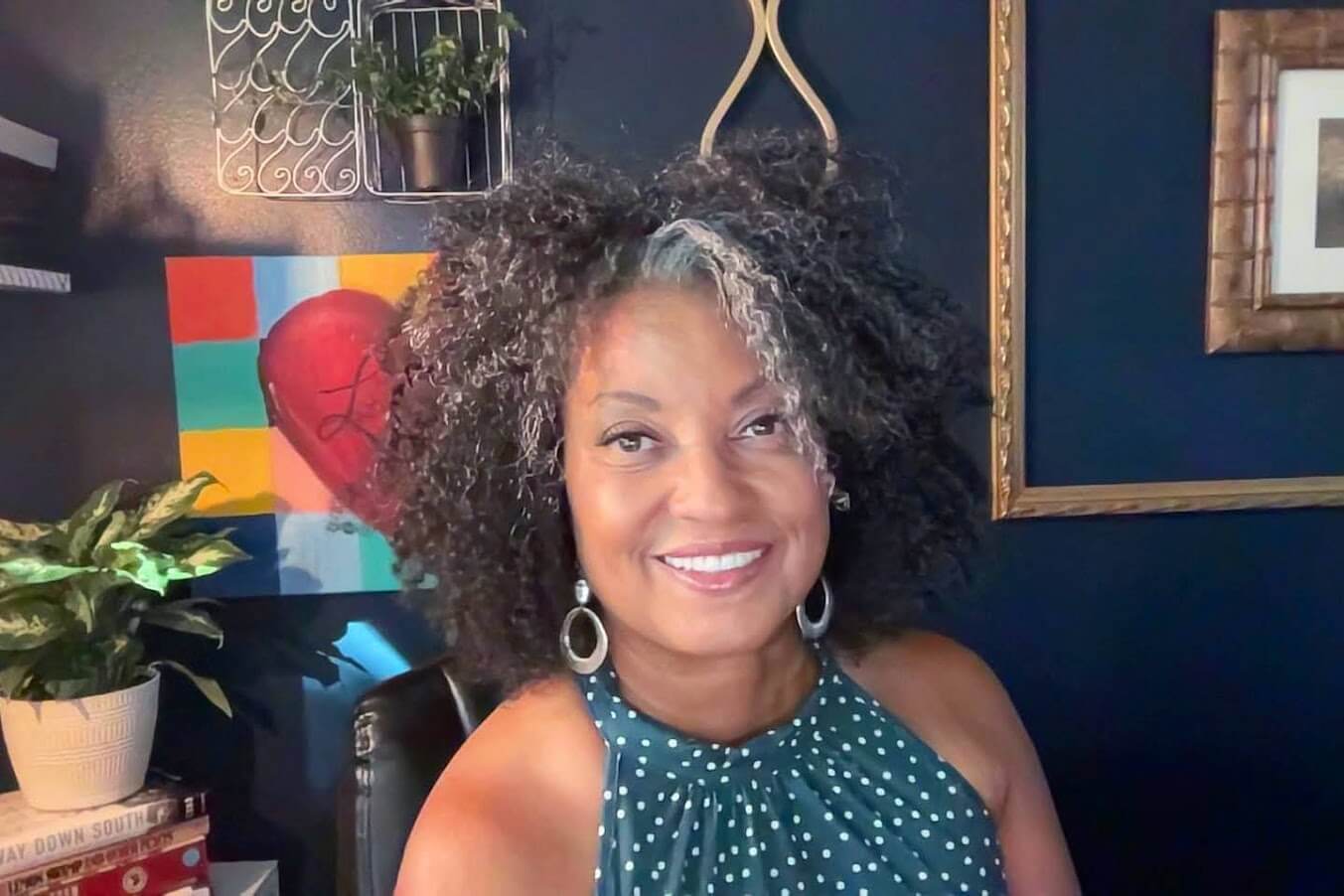10 From GEM:
10 Facts You Need To Know
About Breast Cancer
As you know Breast Cancer Awareness Month is a big deal to us around here. All this month, we’re running the stories of women (and men.. yes men CAN and do get breast cancer) in our TOTALLY AWESOME Survivor Stories 2013. Yeah we’re excited, in part because people are surviving breast cancer more and with a better quality of life post treatment. But what is breast cancer exactly?
Breast cancer is cancer cells that start in the breast. That sounds really simple, right? But, like all cancers, there’s so much more to it. Women (and men) need to understand some facts about breast cancer like the fact that roughly 1 in 8 women will be diagnosed during their lifetime. Here are 10 facts you need to know right now about breast cancer. For more facts and information, visit sites like breastcancer.org or nationalbreastcancer.org.
1. RISK FACTORS
Having one, or even several, risk factors for breast cancer doesn’t mean that one will develop the disease. Even if one does develop breast cancer, it’s hard to say how much certain risk factors contributed to it. Although genetics, family history, race, and lifestyle can be considered risk factors, the biggest ones for breast cancer are being a woman and getting older.
Read more: Survivor Stories 2013: Sonya Manibusan
2. SYMPTOMS
The fact is, a woman may have no signs or symptoms of breast cancer. This is why monthly breast self-examinations to know your own body and regular screenings are so important. Some symptoms can include changes in how the breast or nipple looks and feels, nipple discharge when you’re not breastfeeding, and a lump in the breast. It’s important to remember that while breast changes should be investigated right away, they do not automatically mean cancer.
Read more: Survivor Stories 2013: Stacey Richez
3. FAMILY HISTORY
Breast cancer risk is higher among women whose close blood relatives have this disease. If a woman has a mother, sister, or daughter with breast cancer, her risk is approximately doubled. If she has two first-degree relatives with breast cancer, her risk increases about threefold. However, more than 8 out of 10 women who have a close relative with breast cancer will never develop it. Altogether, less than 15% of women with breast cancer have a family member with this disease. In other words, more than 85% of women who develop breast cancer do not have a family history.
Read more: Survivor Stories 2013: Carla Hill
4. WOMEN OF COLOR
Breast cancer is devastating for any woman, but the disease more negatively impacts women of color. Some facts to consider:
- Latino women are more likely to be diagnosed with large tumors and late stage breast cancer than white women.
- When Asian women migrate to the United States, their risk of developing breast cancer increases up to six-fold.
- Though they have less diagnoses than white women, African-American women are more likely to be diagnosed with aggressive tumors associated with poorer prognosis. They are also more likely to die from breast cancer because they are sicker to start with.
Read more: Survivor Stories 2013: Sonia Fuentes
5. SURVIVAL RATES
Survival rates are average and depend on a person’s diagnosis and treatment. Non-invasive and early stage breast cancers have a better prognosis than later stage cancers. The 5-year survival rate for a stage 0 (zero) breast cancer (earliest diagnosed) is between 93% and 98% . This speaks to the importance of early detection and vigilance.
Read more: Survivor Stories 2013: Fayrose Gordon (VIDEO)
6. MEN
All people, male and female, are born with some breast cells and tissue that have the possibility to develop into cancer. Men have a higher mortality rate than women, mostly because the awareness isn’t there. What man have you ever heard discussing breast cancer if it’s not his wife, mother, or sister battling it? They are less likely to assume a lump is breast cancer, which can cause a delay in seeking treatment. About 2,000 men are diagnosed with breast cancer every year. Our very own head GEM has talked about her father’s breast cancer. Some other male breast cancer survivors are actor Richard Roundtree, former drummer of the band Kiss Peter Criss, former football player Ernie Green and our own Rene Syler’s dad, Bill.
Read more: Survivor Stories 2013: Donna Hill
7. BREASTFEEDING
Nursing a baby might lower the risk of developing breast cancer, especially if it’s done for more than a year. But this is a difficult area to study, particularly in the United States, where most women who breastfeed stop after several months or supplement breastfeeding with formula and food. Women who have many children and breastfeed each baby for a long time seem to be at a somewhat lower risk of developing breast cancer than women who have smaller families and breastfeed for a shorter time. Studies that have found that breastfeeding lowers breast cancer risk have also found that protection builds up over duration of breastfeeding and number of children that are breastfed.
Read more: Survivor Stories 2013: Haralee Weintraub
8. BREAST SELF-EXAMINATION
Many women know that breast self-exams should be performed in the shower, looking in a mirror, and lying down. But did you know that a thorough BSE should include areas that are not the breast, such as up to the collarbone and into the armpit? Check out this link for tips and diagrams.
Read more: Survivor Stories 2013: Lauren Magliaro
9. TYPES OF BREAST CANCER
When we hear the term “breast cancer,” we tend to think of it as one disease. However, there are many types of breast cancer that are alike is some ways, but differ in others. There are at least 14 different types of breast cancer, including non-invasive, invasive, recurrent, and metastatic breast cancers. Their treatments differ, as well, in terms of type and duration.
Read more: Survivor Stories 2013: Laurel Kamen
10. WEIGHT AND BREAST CANCER
There is a strong correlation between being overweight or obese and developing breast cancer. This is particularly true if weight gain occurs later in life. That link is yet another reason why all women should take charge of their overall health by getting to and maintaining a healthy weight.
Read more: Talking To Kids About Cancer.. And Why We Must Do It
****************************************************************************************************
What are some other facts about breast cancer that you’ve learned? Share your thoughts below.
More From GEM:
“… I Decided To Be Proactive.” Why Angelina Jolie (And I) Chose To Remove Our Own Breasts
Paying It Forward: Dr. Harold P. Freeman And The Patient Navigation Program
The Doctor Is In: 5 Tests You Need To Stay Healthy In Your 30′s
Alexis Trass Walker lives in Gary, Indiana, with her husband and four children. She is a writer, a work at home mother, and a new business owner. Read more about Alexis on her blog www.lilliebelle.org, email her at alexistrasswalker@gmail.com, or follow her on Twitter @LillieBelle5.






















